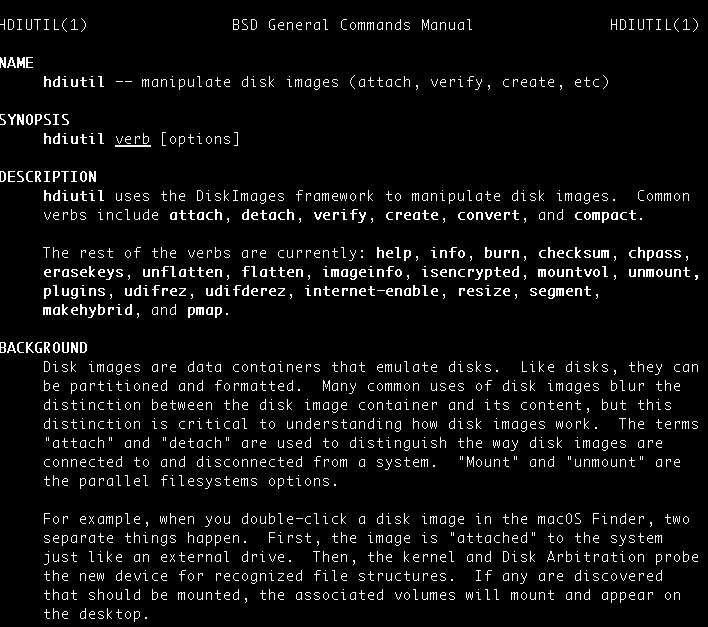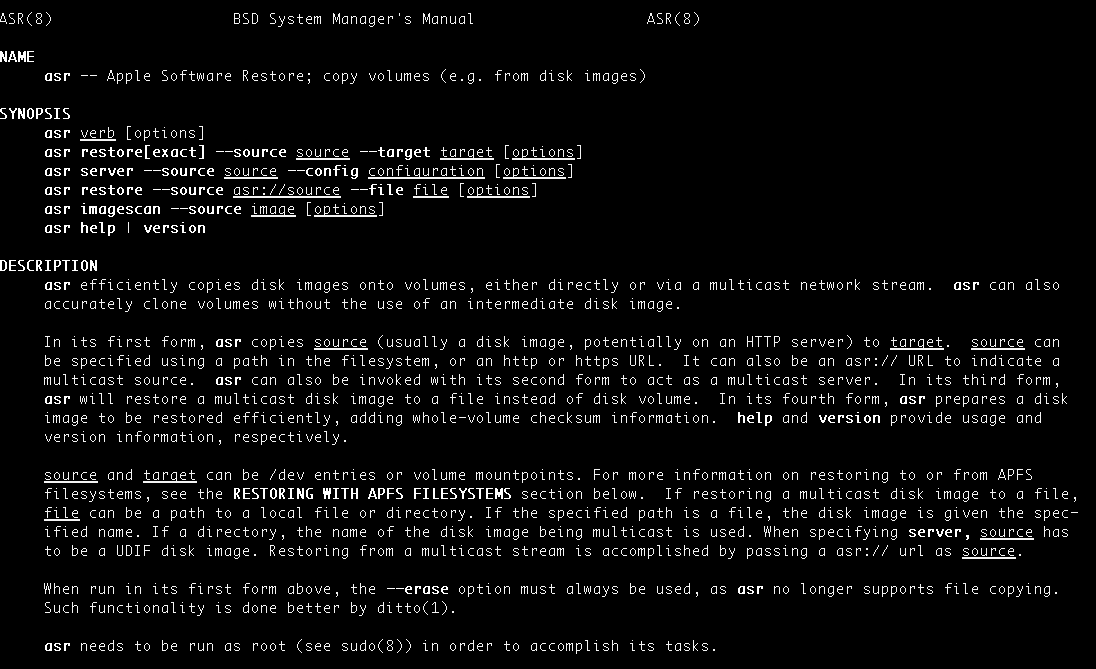-Vérifier le module « usbhid » et l’ajouter au fichier /etc/modules s’il n’est pas présent pour qu’il s’execute au démarrage du serveur
Sinon, il est possible de lancer le module en exécutant la commande suivante:
#modprobe usbhid
-Créer le noeud dev si ce n’est pas fait:
#mknod /dev/usb/hiddev0 c 180 96
-Cas Installation avec le logiciel de gestion de l’onduleur « nut »
#apt-get install nut nut-usb
Les deux daemons linux doivent être lancés: upsd et upsmon
Lancement de nut:
# /etc/init.d/nut start
La première configuration se trouve dans le fichier /etc/default/nut
Exemple de conf:
# start upsd
START_UPSD=yes
# start upsmon
START_UPSMON=yes
La deuxième configuration se trouve dans /etc/nut/ups.conf (à créer) et il contient les lignes suivantes:
# define the ups driver and the port where it’s connected
[myups]
driver=hidups
port=/dev/usb/hiddev0
/etc/nut/upsd.conf(version 2xxx):
# access-lists:
ACL all 0.0.0.0/0
ACL localhost 127.0.0.1/32
ACL lan 192.168.1.0/24
/etc/nut/upsd.conf(version 1.4xxx):
# rights:
ACCESS grant monitor localhost
ACCESS grant monitor lan
ACCESS deny all all
# rights:
ACCEPT localhost lan
REJECT all
Le fichier /etc/nut/upsd.users est à créer(gestion des utilisateurs)
# define the user rights according to the ACL in upsd.conf
[user]
password = mypassword
allowfrom = localhost lan
upsmon master
et aussi le fichier /etc/nut/upsmon.conf
# define the ups to monitor and the permissions
MONITOR myups@localhost 1 user mypassword master
# define the shutdown comand
SHUTDOWNCMD « /sbin/shutdown -h now »
A la fin, executer le service:
#/etc/init.d/nut start
Pour info:
#upsc myups@localhost indique l’état de l’onduleur
Et pour les tests, utiliser la commande:
#upsmon -c fsd pour faire une simulation de vidage de la batterie de l’onduleur


